Good People of vitruta: Hüner Aldemir
Hüner Aldemir is the newest member of the good people of vitruta! We met up with Hüner, the creative force behind the beloved brands Huner and Ferah, first at our store and then took a stroll through the streets of Beyoğlu. Later, we joined her at her home for a lively evening of conversation with friends, and we’re excited to share some highlights with you—without making it too lengthy, of course. Enjoy the read!
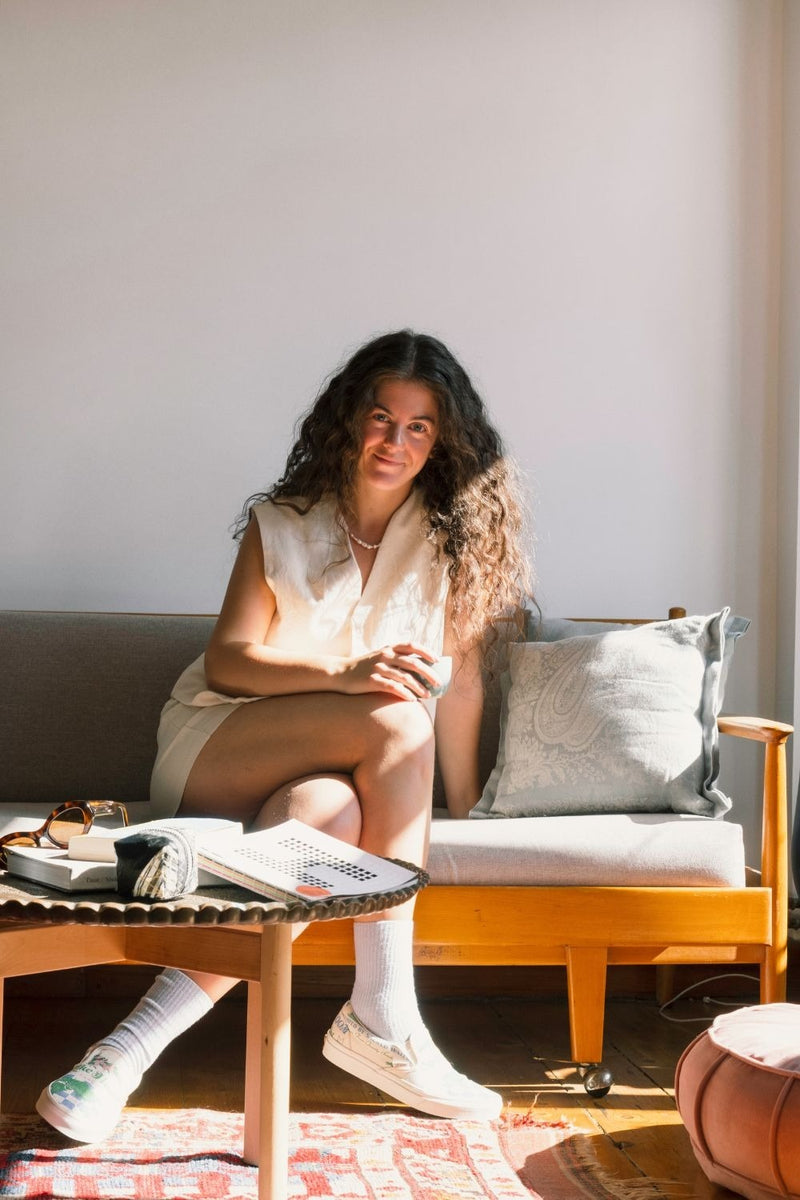
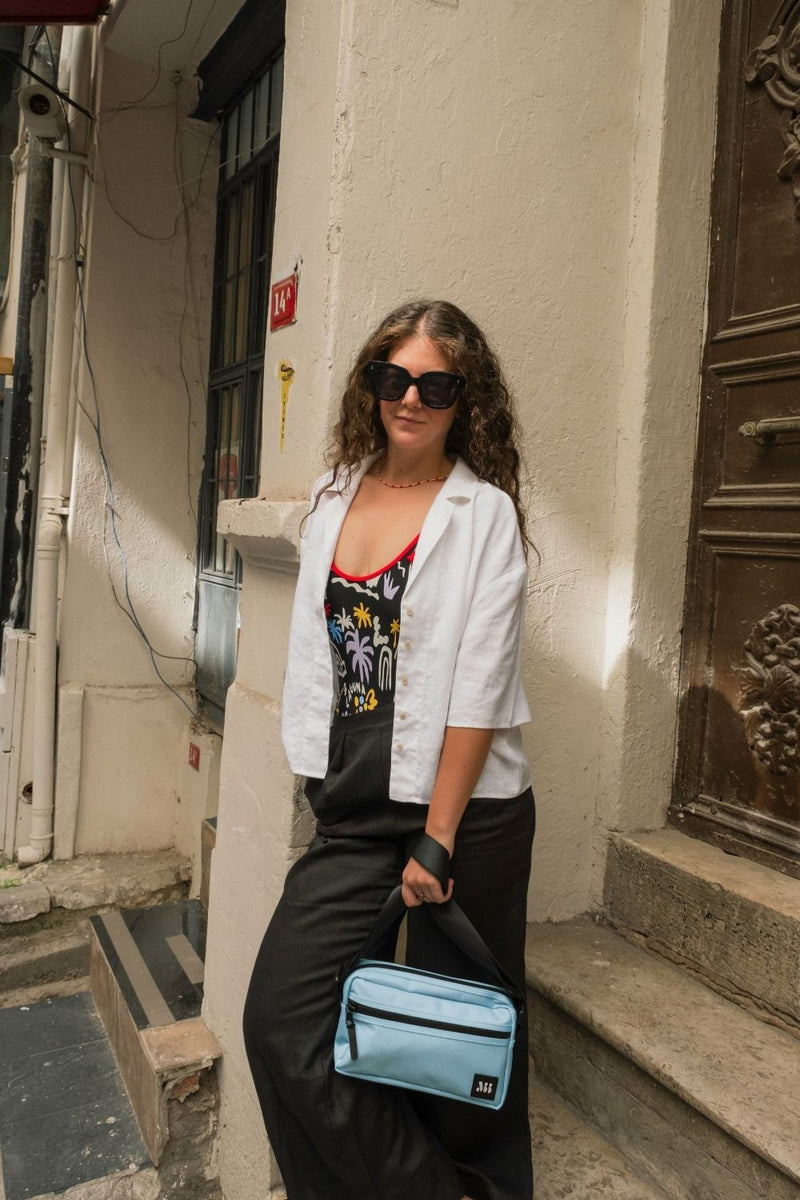
Welcome, Hüner! You're finally a part of the Good People! We start with the same question each time: Who is Hüner Aldemir? How did it start, what’s been your journey, and how is it going now?
Hello! It’s so nice to be part of such a group! :) I’m Hüner, a fashion designer who truly loves her work. I've wanted to do this since I was seven, and thankfully I had a knack for it that matched my name, so I was able to achieve it. My journey began with sewing at the age of eight, inspired by my aunt, a talented seamstress. Through her guidance and my enthusiasm, I kept creating with my hands throughout my school years. I studied at Pratt Institute in New York, and living there for six years contributed immensely to both me and my career. After returning to Istanbul, I briefly worked in various areas of the fashion industry. In the fall of 2015, our Darzana project was selected for the 15th Venice Architecture Biennale, which marked the unplanned start of my own brand journey.

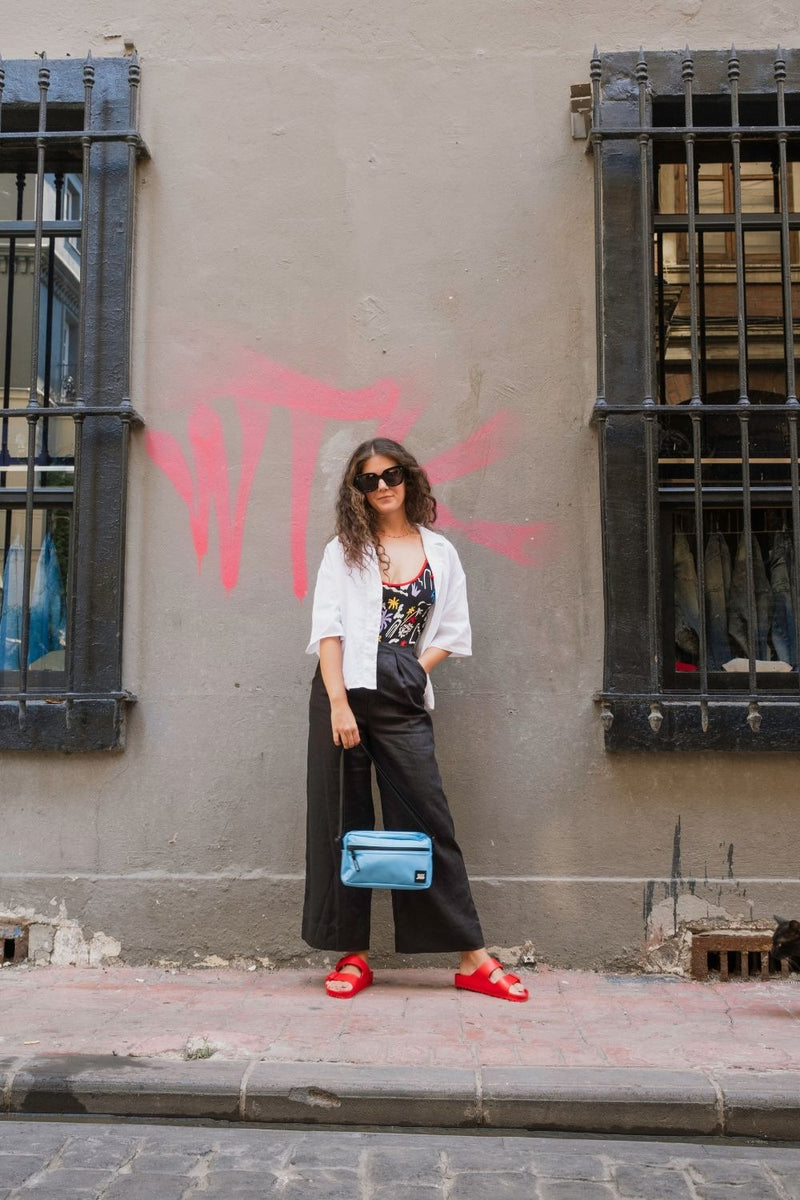
Let’s talk about your two brands. You’re the creator of both Huner and Ferah. Let's start with Huner; how was it born and brought to life?
Huner's story began when our Darzana project was selected in response to an open call from IKSV for the 15th Venice Architecture Biennale. I actually joined the team by chance, but when they needed a bag for the exhibition opening, as the only designer in the group, I took on that part of the project. Darzana itself was essentially an upcycling project—a ship-shaped installation made from abandoned materials at the Haliç Shipyard. I decided to combine these two themes, upcycling and maritime, by crafting the bags from used sailcloth. For someone with no sailing background, it was a bold choice, but everyone was very pleased with the results.
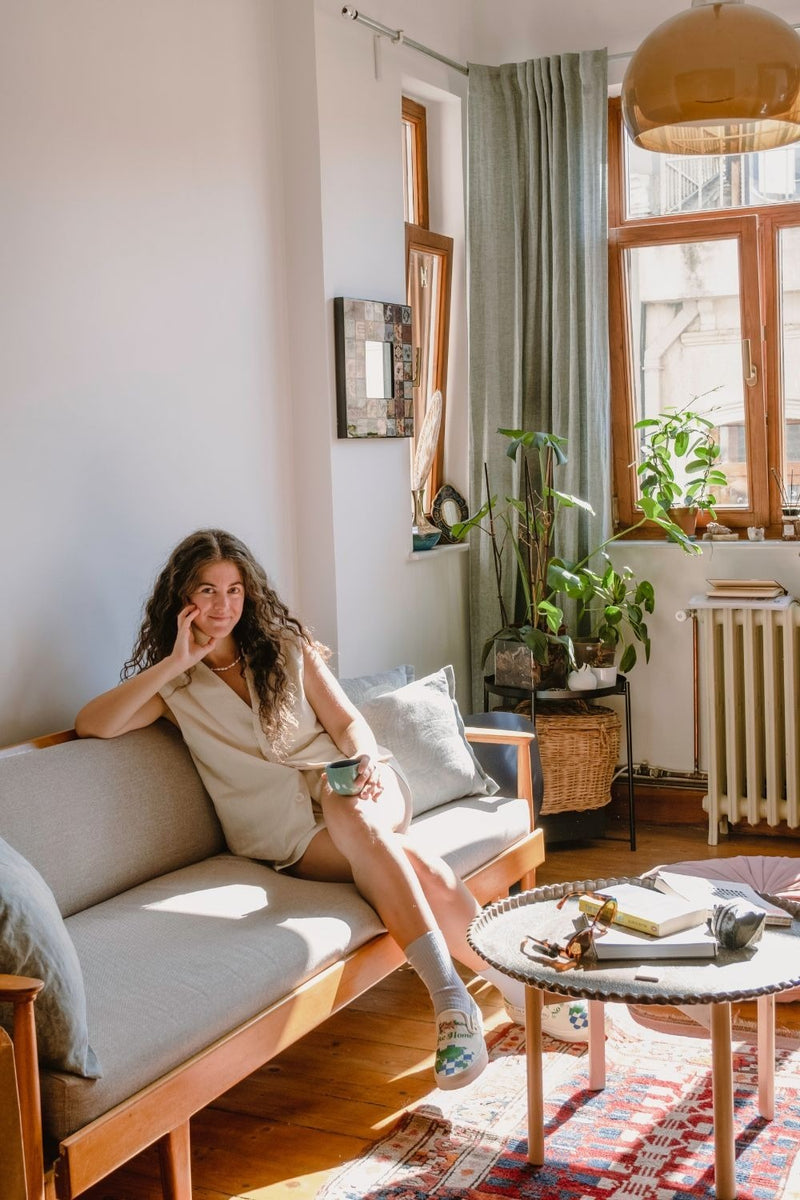

You've always been involved in design, but was this project your first introduction to upcycled designs?
Actually, I wasn’t particularly interested in sustainable fashion initially, and even when sustainable fashion was first made a compulsory subject during my time at school, I didn’t feel that excited about it. Later, working in both New York and Istanbul, I came face-to-face with the realities of production and consumption on a large scale. This really highlighted the urgency and importance of the issue for me. My interest in upcycling came from the unique challenges it presents each time, which continuously pushes me to find creative solutions.
After Huner, you went on to create another brand: Ferah. What inspired its story?
Yes! We launched Ferah's first collection last year, but I’d actually been thinking and planning it for two years before that. My grandmother had three or four Şile cloth dresses that she'd worn since my childhood, and one day in the summer of 2019, while I was at her house for lunch, I looked at her dress and thought, “Why don’t we wear these anymore?” When I saw that the available styles weren’t very modern, I started to reflect on it more.

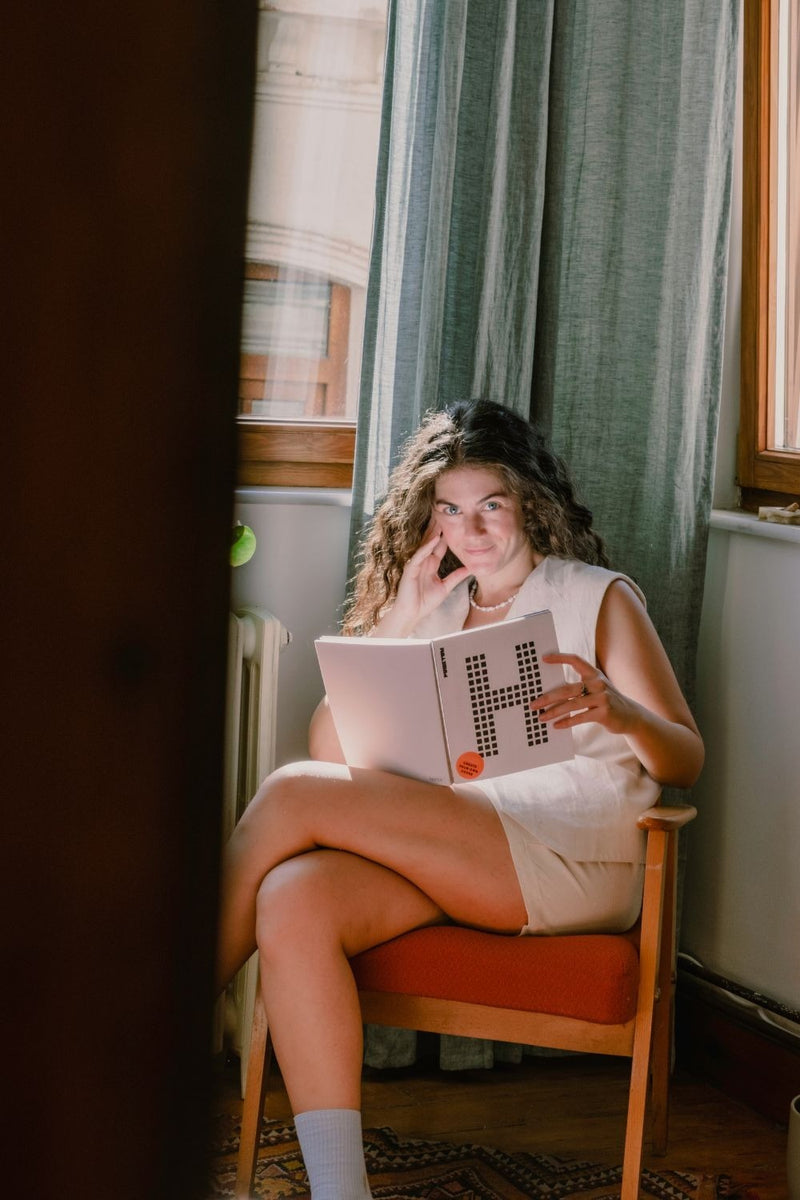
What makes Şile cloth special? How did it start being used, and how did you approach using the same fabric?
Şile cloth has a unique set of qualities. The real Şile cloth we use is woven from organic cotton thread, washed in the Black Sea, and dried on Şile beaches. It’s crafted with great care, reaching us after a long and labor-intensive process by many women. I wanted to reinterpret this valuable fabric to suit contemporary styles. By creating timeless, essential pieces from Şile cloth, I wanted to bring a fabric that many of us associate with older generations into our own wardrobes.
What inspires you when creating your designs? What influences you as you make choices for your designs and colors?
My primary goal is to create pieces that my friends and I will enjoy wearing, pieces that make us feel good. That’s why usability is always the first step. For both brands, another key principle is ensuring that the design aligns with the material; for example, we describe Huner as a “material-focused design studio,” which applies to Ferah as well. Another major focus is necessity, which often stems from my own needs or observations of different situations, taking inspiration from the experiences of others.
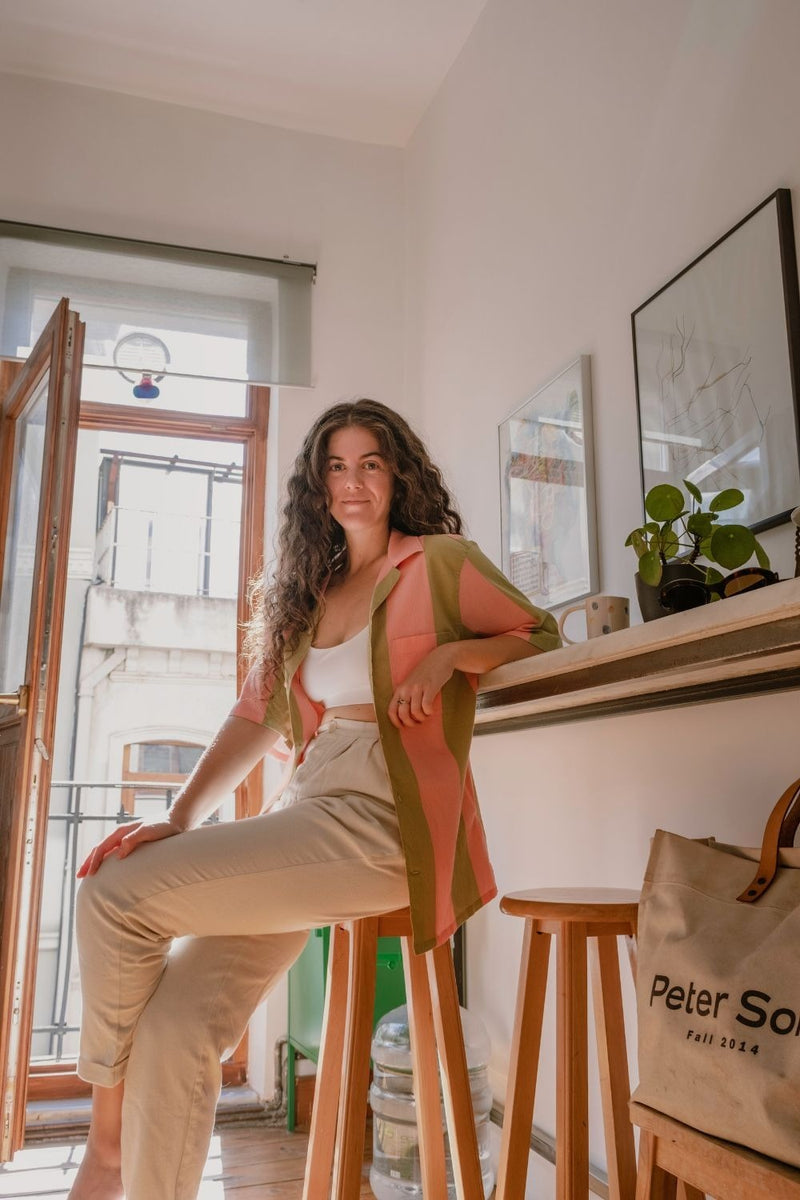
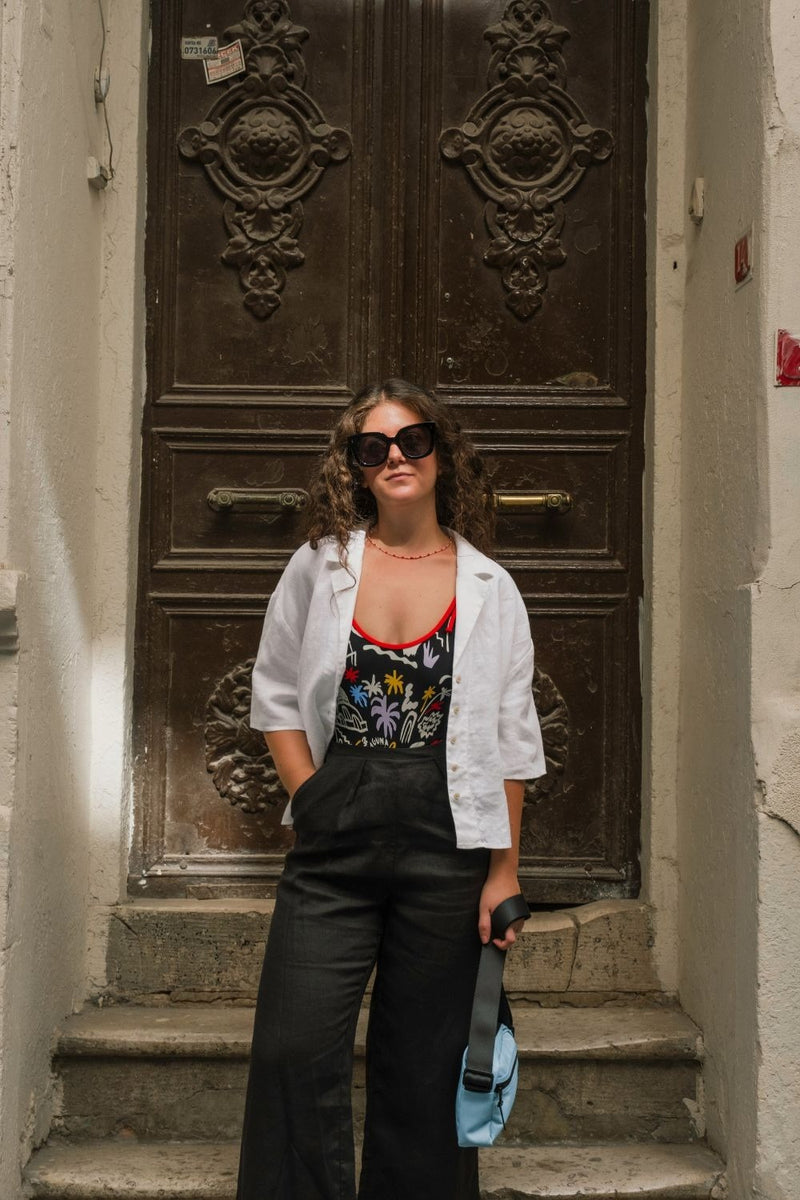
We also share a love for Pera! I asked Taycan this, so I'll ask you too: how would you describe Pera to us?
Pera is, I think, an enchanting neighborhood. It’s very modern and central, but at the same time feels frozen in history. When I first returned to Istanbul, I lived here for a short while, and now being back is a great pleasure for me. The lower part of Meşrutiyet Avenue gives me a true neighborhood feeling. It’s just a short strip, but you have access to all sorts of shops and people. It’s hard to describe, so I’ll just say it’s a place that needs to be experienced. :)
And lastly, the big question! Ferah aside, what are your favorite brands at vitruta?
I’ll leave out Ferah to avoid the “mom choosing her favorite child” situation. Most of your selection is already filled with talented friends’ brands I admire, but right now, my top favorites are VEJA, Mineral, and Muni Bum Bag.